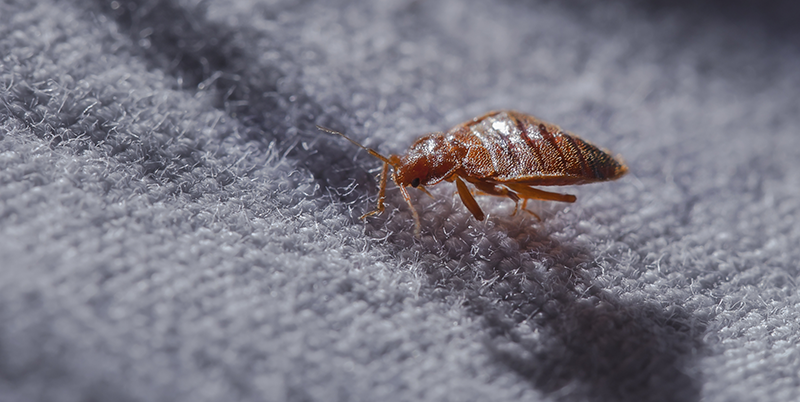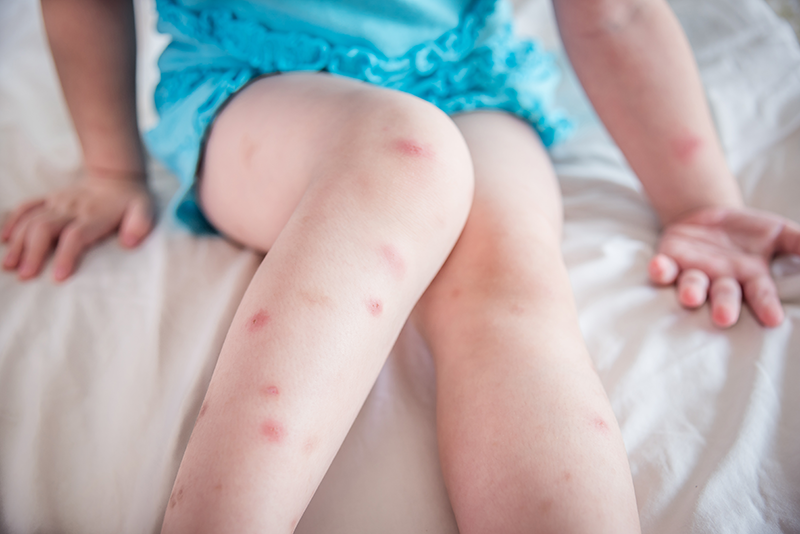Bed Bugs Control Service:
Common bed bugs feed on blood, causing itchy bites and generally irritating their human hosts. The Environmental Protection Agency (EPA), the Centers for Disease Control and Prevention (CDC), and the United States Department of Agriculture (USDA) all consider bed bugs a public health pest. However, unlike most public health pests, bed bugs are not known to transmit or spread disease. They can, however, cause other public health issues, so it’s important to pay close attention to preventing and controlling bed bugs.
Bed bugs can be hard to find and identify, given their small size and their habit of staying hidden. It helps to know what they look like, since the various life stages have different forms. The assumption one must be a poor housekeeper or have poor hygiene to have bed bugs is simply untrue. Bed bugs are good hitchhikers and can easily be transported from place to place as people travel. They can hide in luggage, folded clothes, bedding, furniture, boxes, and other places. You can come in contact with bed bugs just about anywhere — in a hotel, buses and trains, and even in movie theaters. No business or residence is immune to a bed bug infestation.
Don’t throw out all of your things because most of them can be treated and saved. Getting a pest management professional involved as soon as possible rather than taking time to try to treat the problem yourself can help prevent the infestation from spreading.
Inspect & Identification:
Coastal Pest Control of the Treasure Coast, Inc. will provide a thorough inspection and accurate identification by a qualified pest professional. Bed bugs will take harborage in any suitable crack or crevice offering protection. A cluttered home provides more places for bed bugs to hide and makes locating and treating them harder. Common harborage areas include mattresses, draperies, furniture, and unlaundered clothing.

Control and Prevention Measures:
Coastal Pest Control uses a complete integrated pest management program for bed bug control and we will address sanitation, material application, and exclusion.

Step 1: Bedding
First, the technician treats your bedding set including the mattress, box spring, and bed frame as well as the rest of the bed bug’s primary harborage areas such as the headboard, nightstands, dressers, armoires, and upholstered furniture.
Step 2: Cracks and Crevices
Second, the technician treats all major cracks and crevices including the areas where carpeting meets the baseboards or wall surfaces, cracks around doorframes, and where crown mouldings abut wall and ceiling surfaces.
Step 3: Wall Voids
Next, the technician injects material into each wall void to treat the hiding bed bug population.
Step 4: Aerosol Treatment
Coastal Pest Control can also treat any artwork or other moisture sensitive items like books. by using a treatment bag. The contents are placed into the bag which is injected with an insecticide indirectly to not damage items and still to eradicate any bed bugs. A follow-up inspection will occur 7 to 10 days after the intensive service to ensure that the bed bug population has been eradicated. Re-inspection is required until the environment is pest free.
Bed bug infestations usually occur near areas where people sleep. Fast-moving and nocturnal, bed bugs prefer the host’s head, neck, and upper extremities. The bugs feed from three to 10 minutes until engorged and then crawl away unnoticed. During the day, they hide in the areas around the bed such as the headboard, nightstand, etc. Bed bugs prefer a human host and are attracted by body temperature, natural body odor, and carbon dioxide the host exhales.
When a bed bug bites, they inject saliva containing an anesthetic that prevents a person from realizing they are being bitten and an anticoagulant to thin the blood and increase its blood meal. Most people do not realize they have been bitten until bite marks appear anywhere from one to 14 days after the initial bite.

